Machine Learning and the Future of Wi-Fi Management
While attending Aruba Atmosphere 2017, I was privileged to be a part of a team of Atmosphere Insiders who attended several deep dive sessions on emerging technologies within the Aruba Mobile First platform. Machine learning and analytics were on full display at Atmosphere, and it’s clear Aruba considers them to be central to the future of their formula for success.
One of the sessions that stood out most to me (as well as several of the other engineers in our group) featured RASA, a recent acquisition that started out as a company that deployed sensors to aggregate critical data points about the RF environment form disparate locations within a building or campus in order to make recommendations about controller and AP settings to improve performance. After being acquired by Aruba last year, the RASA team gained access to analytics gleaned from direct integration with the access point hardware itself, and the results should give pause to every enterprise Wi-Fi competitor in the market.
Why? For years, Wi-Fi manufacturers have developed and refined algorithms to gather and process data points about physical layer performance seen from the perspective of the access point (and to some degree, from associated client devices) in order to make decisions about radio transmit power and channel selection. In the Aruba world, this is known as Adaptive Radio Management (ARM). While ARM works really well in many scenarios, its decisions are based solely on the viewpoints of individual access points. As we know, that’s really only part of the equation when it comes to tuning RF parameters. Client devices often see things very differently down among the bodies and furniture where they operate, and those characteristics can change dramatically as the clients move around through the coverage cell. Good wireless engineers are adept at looking at the network from the perspective of client devices as well, and making further adjustments to compensate. Engineers also can begin to aggregate info from multiple APs and cells, but that data and resulting decisions are only valid until the environmental or situational variables change. It doesn’t take long for a new source of interference or a new usage pattern by a group of end users to invalidate many hours of predictive modeling by an engineer.
RASA offers to not only automate the data gathering and decision process that takes an engineer hours of manual work, but to aggregate it constantly and simultaneously across broad swaths of real estate and wireless spectrum. With millions of data points to examine, much better decisions can be made at both a local cell level and more macro levels as well. Of course, this kind of analysis and feedback is only possible with advanced levels of machine learning, and Aruba has positioned itself to do some pretty incredible things in the near future as a result of its forward-thinking investment in RASA.
As the 802.11x standard emerges in the coming months, the hardware and software will be asked to make increasingly granular decisions in order to benefit from the performance potential that will be no doubt be heavily marketed. Only manufacturers who embrace the promise of machine learning and analytics will be able to truly deliver on them. Aruba is demonstrating its leadership in this realm, and I can’t wait to see what’s next.

